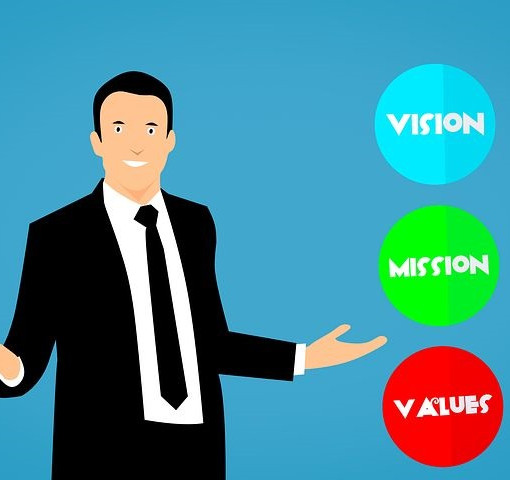Almost every organization has some type of employee suggestion program. The thinking of senior management generally follows these two lines: (1) it is better to have everyone’s brain engaged in improving the business and (2) the people closest to the work know it best. Both of these are true.
Additionally, most employee suggestion programs offer to share a portion of cost savings or additional revenue generated from the suggestion with whoever made it.
A formal employee suggestion program can be a huge asset to the organization. When done correctly, it can provide continuous improvement across the business. Ideas to improve service, quality and financial performance can be generated that management had never considered.
Way back in the 90’s, then CEO of Scandinavian Airlines, Jan Carlzon, stated that the airline would succeed not by becoming 1000% better at 1 thing, but by becoming 1% better at 1000 things!
The reality
While management understands the benefits of formal suggestion programs in developing new ideas and increasing employee engagement, the actual execution is a different story.
Many organizations have formal suggestion programs, but they are often rarely used. Dusty suggestion boxes sit throughout the facility, and when infrequently checked, may contain discarded gum and candy wrappers! Been there, done that.
Conduct an informal survey of your employees and ask them when someone was last recognized for making a suggestion. See if they know what the suggestion was and when it was implemented.
In many places, suggestion programs are there and that is about it. If it is not important to you, it is not important to them. If your suggestion program is not working, it is not their fault–it is yours!
Making it work
Developing a best-practice employee suggestion program is not hard. Here is how you can develop a suggestion program that actually delivers:
- The reward needs to be significant to the employee. Typically, suggestion programs share 10% of the savings up to $1000 of the revenue or savings generated from the idea with the employee. That is what the reward was back in the 1980s and many organizations have never increased it. The 10% is okay but increase the cap to 10-25 thousand. If an employee presented a suggestion that resulted in millions in savings (which some have done), why wouldn’t you want to significantly reward the idea? The program should also define what ideas are not eligible for reward. For example, any suggestion currently under discussion by management should be exempt. Any suggestion that should be a part of the employee’s job should be exempt. For those suggestions that would be eligible, there is no better way to increase participation than giving out some big checks!
- The program should be a priority to administration. When employees submit a suggestion and nothing happens, they know you are not serious about their input. Making it a priority means that someone owns the program. It means that whatever mechanism that is designed to solicit ideas is monitored daily. This is true whether physical suggestion boxes or digital methods are used. If it is a priority, reporting stats on the program should be a regular part of administrative and management meetings.
- Make sure the process is structured. Define the process so that determination and response occur in a timely manner. Most likely, the suggestion will have to be forwarded to the impacted department or manager for determination. This is where the program often breaks down. Make sure that the suggestion is logged and tracked. The determining manager should be given limited time to respond. Follow-up should occur with the employee within 48 hours. If additional time is needed for research/determination, then inform the employee.
- Communicate with employee at each step of the process. Acknowledge receipt immediately. Let the employee know what the next step is and when s/he should expect a response. The program owner should continue to track the suggestion until resolution. ‘
- Make a really big deal out of awards given the employee. Big or small, make a big deal out of any award given the employee. Present over-sized checks during the busiest cafeteria times, put a picture of the employee receiving the award up by the employee’s entrance, include an article in the house organ, etc. If it is a significant award, invite the employee’s family to be present when it is given. Of course there is always one of my favorite recognition techniques– name a part of the building after them for 30 days! Cafeteria, lobby, waiting rooms, nursing units –they are all begging for a temporary name. “The John Smith Cafeteria”, ‘Mary Jones Orthopedic Unit”. Imagine the reinforcement your program will receive.
It is indisputable that the organization is stronger with more input. Imagine the dynamics when the suggestion program reinforces the idea of partnership with the employee. Demonstrate that you are serious about their input and that it is a priority to you. Your reaction to their suggestions will determine the success of the program. Error on the side of rewarding employees and unleash all of the untapped brain power.





